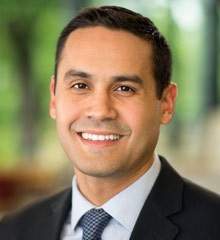
(VIDEO) Teaching and Learning Digitally
Eric D. Barreto
When I was prepping my first online class, all I wanted was for someone to show me how to teach online. I wanted techniques. I wanted examples of best practices. I wanted a template upon which I could build. But I quickly learned that the hardest part of teaching online is not technique but design and purpose.
Online teaching drew me to ask in a refreshing way why I teach and how a classroom might form around the calls of my students. How might my expertise and passions meet the vocations my students are pursuing and how can a classroom be designed around both? I learned that the temptation in teaching is to flip those priorities: to start with the content that I think is most important along with the particular passions of my discipline and the physical constraints of my classroom. That is, I, the teacher, was the orienting point of my pedagogy.
Online teaching has helped me reverse those expectations and frustrations. As I've noted elsewhere, online teaching is not a magical cure all for that which ails theological education and higher education more broadly. There is no messianic pedagogy to be found in the digital realm. In my experience, online teaching and learning compels us to ask vital pedagogical questions, with answers that are necessarily tentative and in need of constant assessment and commensurate renovation. I find that these steps are transforming my traditional classrooms as well.
That is, my experience teaching online has led me to question not so much how I might teach online but why I teach in the first place.
